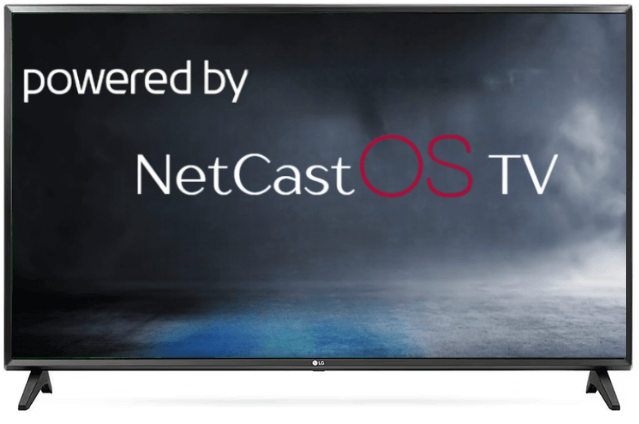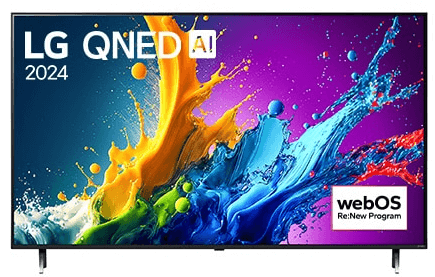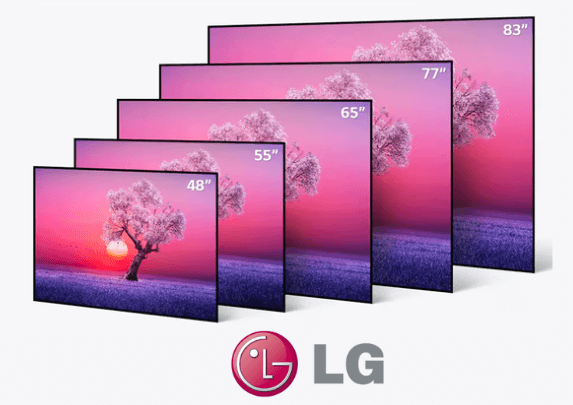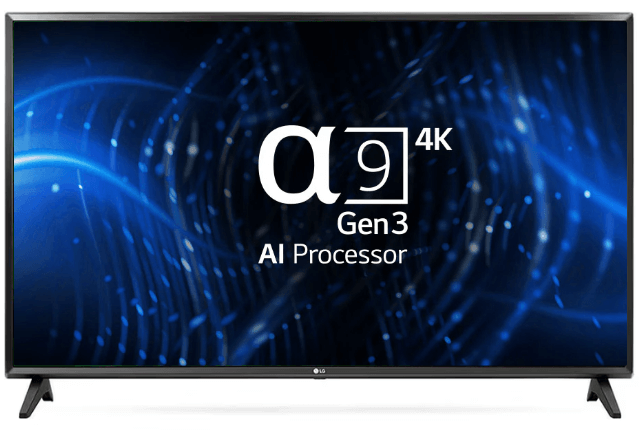Selecting the right TV involves a deep understanding of the technologies that enhance your viewing experience. LG TVs incorporate cutting-edge operating systems, a variety of screen technologies, and robust processors, all aimed at providing outstanding performance and user enjoyment. This guide delves into the essential elements and types of LG TV, enabling you to make a well-informed choice for your next entertainment investment.
Types of Operating Systems Utilized in LG TVs
The operating system determines the functionality, user interface, smart features, accessibility, and downloads of apps on your LG TV. On the other hand, the classification of LG TV falls under two main OS types, which are explained below;


- webOS: It is designed for a user-friendly experience and is known for its simple navigation and intuitive interface. Additionally, webOS provides access to popular streaming apps, customizable LG Home Screens, and smart features like voice commands and AI suggestions.
- NetCast OS: It was LG’s operating system before webOS. While it offers a basic smart TV experience, it lacks the advanced features and intuitive design that webOS provides. Especially available on older LG TV models (2011 to 2015), NetCast supports limited apps and basic streaming functions.
Types of Displays Used in LG TVs
LG utilizes various screen technologies that differ in performance, display quality, and intended use cases. Here is a closer look at each type:

- LG Signature OLED: These top-tier models combine sleek designs with self-emissive OLED pixels, delivering the best contrast and color accuracy with ultra-thin panels and premium aesthetics.
- OLED: LG’s OLED models stand out for self-lit pixels, which provide deep blacks and exceptional contrast. Moreover, these TVs are ideal for movie enthusiasts and those who want an immersive viewing experience.
- OLED evo: It enhances traditional OLED displays with higher brightness and refined color accuracy, creating an even more vivid viewing experience.
- NanoCell: This technology enhances color dedication by using a special filtering layer to absorb excess light, providing more realistic colors and impressive clarity. These TVs are perfect for your family viewing due to their wide viewing angles.
- QNED: Combining Quantum Dot and NanoCell technology, QNED TVs are engineered for high brightness levels and rich colors, making them suitable for over-light environments without compromising picture quality.
- 8K TVs: With 4 times the resolution of 4K, LG’s 8K TVs deliver exceptional detail and clarity, bringing visuals to life with incredible depth.
- Ultra Big TVs: These models range from large sizes up to 88 inches, perfect for creating an immersive viewing environment in spacious rooms.
- 4K UHD: Offering 4 times the resolution of standard Full HD. However, LG’s 4K UHD models provide sharp, vibrant images, catering to high-quality display without the need for OLED or QNED technology.
Screen Size Options in Which LG TVs are Available
When it comes to screen size, LG has more varieties for different room dimensions and viewing preferences, from compact models to expansive screens. Here’s a breakdown:

- Small TVs: Sizes between 32 to 49 inches are ideal for small spaces such as small café, kitchens, or bedrooms. These models balance quality and convenience without occupying too much space.
- Medium TVs: Mid-size TVs, like 50 to 55 inches, are perfect for living rooms or gaming setups, offering an immersive experience.
- Large TVs: Above 55 to 88 inches, TVs are designed for large spaces, which delivers a cinematic experience with enhanced detail and clarity of content.
Processor Types Implemented in LG TVs
LG employs various processors across its TV models, each contributing to overall performance, AI enhancements, and picture quality. Here is an outline of the main types of LG TV processors:

- α9 Gen 6 AI Processor 4K: This advanced processor optimizes image quality, ensuring better upscaling, contrast, and color accuracy, enhancing the viewing experience on higher-end models.
- α9 Gen5 AI Processor 8K: With improvements in AI-driven adjustments for contrast and color, it enhances both SDR and HDR content, creating vibrant visuals.
- α9 Gen4 AI Processor 8K: Known for powerful upscaling and motion handling. This processor is well-suited for fast-paced content like sports, games, or action scenes.
- α9 Gen3 AI Processor 4K: While slightly older, LG TVs have this processor, which provides effective upscaling and improved contrast.
- α7 Gen5 AI Processor 4K: Optimized for better image clarity and performance, this processor brings refined picture quality.
- α7 Gen4 AI Processor 4K: Designed to provide a balance of quality and efficiency, which handles advanced processing for 4K content.
- α7 Gen3 AI Processor 4K: An effective processor for better clarity and brightness in lower light settings.
- Quad Core Processor 4K: This processor supports 4K content, enabling smoother visuals and efficient performance.
- Dual Core: Specifically seen in basic LG models, this processor handles standard content with efficient performance and is suitable for everyday viewing.
As you explore your options, consider how each feature aligns with your personal preferences and lifestyle needs. For further advice, be sure to join my discussion forum, where you can share insights, ask questions, and discover more about the latest in LG TV technology and beyond.
FAQ
Yes. Latest model LG TVs are compatible with external voice assistants like Google Assistant and Amazon Alexa, and the built-in ThinQ AI allows you to control your TV using voice commands.